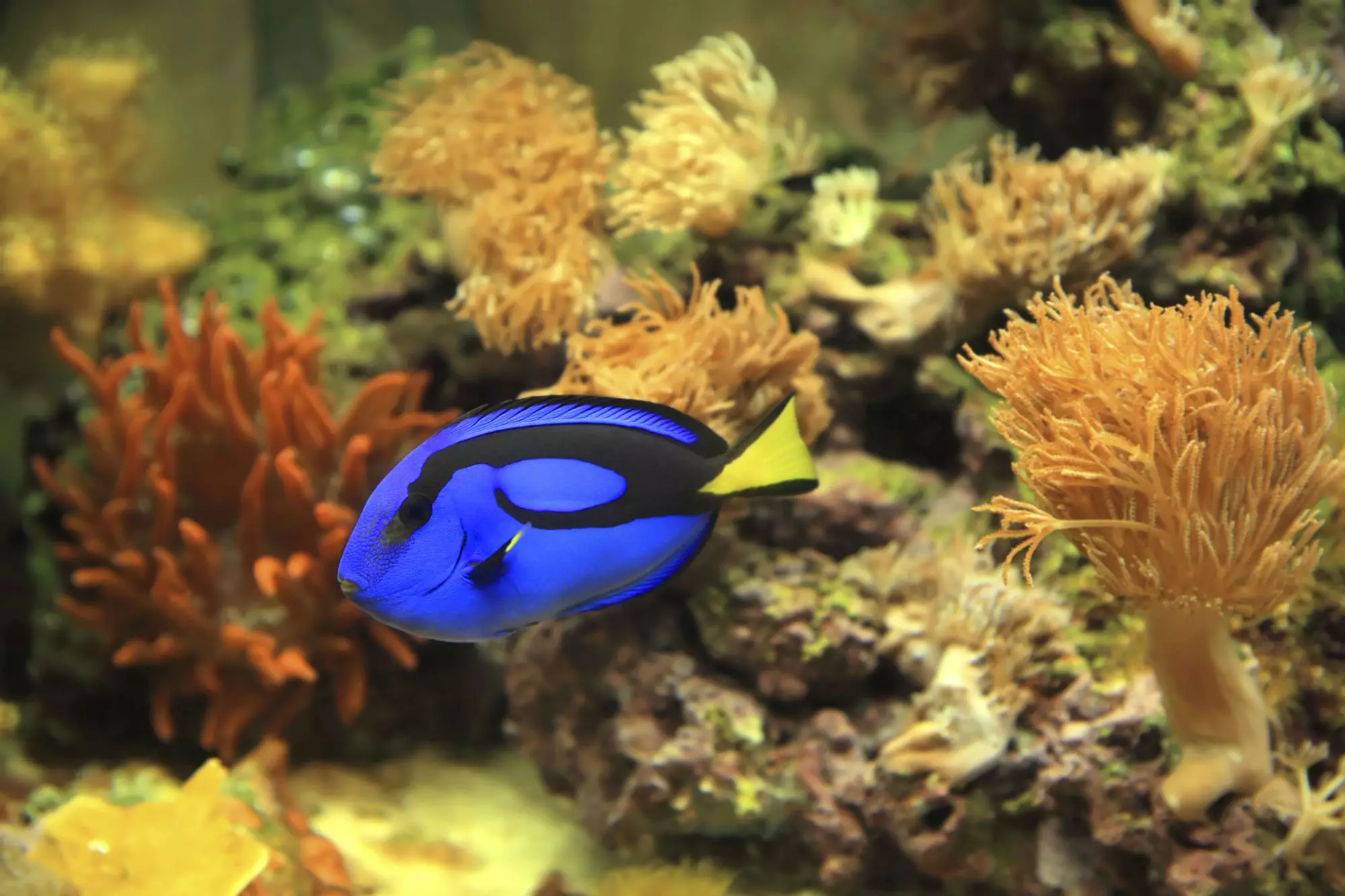Maintaining a healthy saltwater aquarium presents a variety of challenges, and one of the most vexing issues faced by aquarists is the overgrowth of algae, including varieties such as red slime, cyanobacteria, and brown diatomaceous algae. While these organisms may seem like an unwelcome pest in your tank, it is essential to understand that algae play a natural role within the aquarium ecosystem. The following analysis will delve into the factors contributing to algae growth, the implications of such growth, and practical management strategies that can foster a balanced aquatic environment.
Multiple factors contribute to the growth and survival of algae in saltwater aquariums. One primary trigger is the quality and intensity of light exposure. Algae thrive in environments with high light levels, making it crucial to balance lighting based on the specific type of algae present. Additionally, the availability of nutrients acts as a crucial determinant. Elements such as dissolved organic compounds (DOCs), nitrates, phosphates, and silicates serve as food sources for algae. Excessive nutrient load often results from poor water choices, such as the use of untreated tap water, which can introduce undesirable chemicals.
Another significant factor is aquarium maintenance practices. When routine care is lacking—such as inadequate cleaning and filtration—it allows nutrients to accumulate, thus fostering a fertile ground for algae growth. Furthermore, water circulation is important; low flow environments are conducive to a few algae species, like cyanobacteria, whereas others flourish in high-flow water conditions. Finally, the absence of natural algae-eating organisms can let algal populations spiral out of control.
While excessive algae may appear unsightly, they should not be viewed purely as a nuisance. Their presence often signifies a balanced ecosystem where various parameters are functioning as intended. Particularly in a well-maintained aquarium, some algae growth can indicate a thriving habitat. Conversely, when algal blooms occur rapidly and overwhelmingly, it can indicate imbalances in nutrient levels or insufficient maintenance.
The presence of algae can also be beneficial, providing natural food sources for herbivorous fish and invertebrates. For instance, Tangs and Surgeonfish engage in grazing, thus controlling populations of these microorganisms. In fact, many aquarists cultivate specific macroalgae to act as natural filtration, creating competitive environments that inhibit the growth of unwanted pest algae.
To effectively manage algae levels in your aquarium, a multifaceted approach is recommended. First and foremost, manual removal remains one of the simplest yet effective methods. Regular siphoning or hand-pulling of visible algae will keep populations in check. Additionally, adjusting lighting parameters—lessening exposure to combat green algae, or increasing it to suppress diatoms—can help prevent excessive growth.
Nutrient control is crucial, which implies utilizing high-quality water sources like reverse osmosis (RO) or deionized (DI) water to limit contaminants. The choice of substrate can also impact algae development. For instance, using aragonite types for sand can facilitate lower silica levels, reducing diatom occurrences.
Incorporating a variety of herbivorous species into the ecosystem, such as snails and hermit crabs, can make a substantial impact in controlling algae. Creating habitats that support these natural grazers is key to establishing a balanced diet that allows them to thrive. Furthermore, introducing good macroalgae species—such as Chaetomorpha—helps to outcompete unwanted algae by monopolizing light and nutrients.
Effective aquarium management hinges on consistent monitoring of water quality and the overall health of the aquatic environment. Regular water changes can help maintain balanced nitrate and phosphate levels, which are fundamental in controlling algae growth. If the use of chemical treatments becomes necessary, it is essential to choose products thoughtfully and in consultation with knowledgeable professionals to avoid detrimental effects on the aquatic inhabitants.
Lastly, maintaining a consistent schedule for cleaning and filtration upkeep will minimize the risk of algal blooms, ensuring that the aquarium ecosystem remains connected and healthy.
By understanding the causes and implications of excessive algae growth in saltwater aquariums, aquarists can utilize strategic management practices to foster a harmonious living environment. Remember that a healthy aquarium is not devoid of algae but is instead a dynamic system where various life forms coexist and balance one another.

